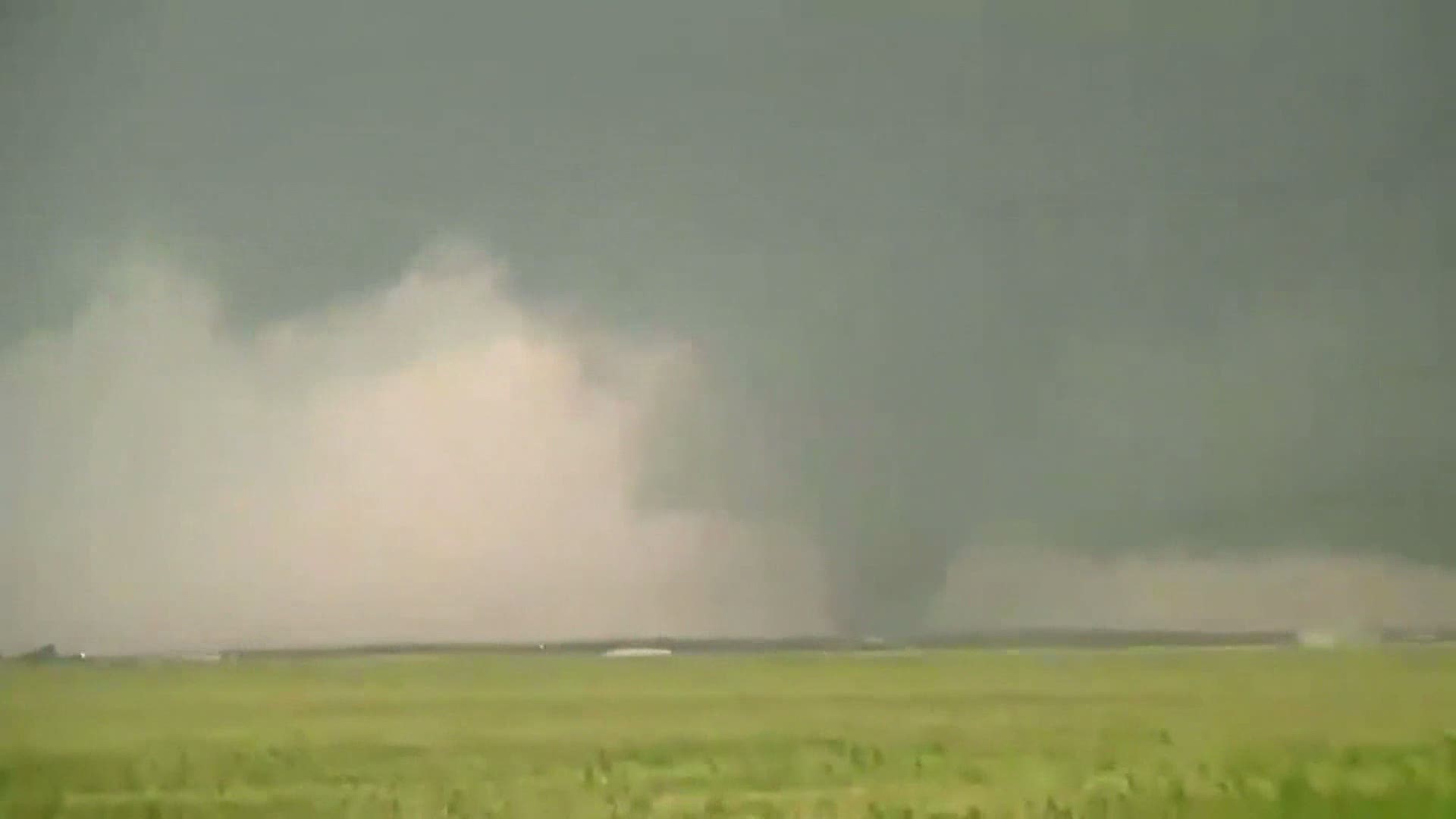GRAND RAPIDS, Mich. — As spring comes every year, so does severe weather season. That means knowing how to stay safe during storms should be just as routine as knowing where to find your clothes for the warmer days ahead.
The steps you should take to stay safe can vary depending on whether you are at home or on the road, but one factor remains the same. You need to make sure you know what to do before the storm arrives.
So, as part of Severe Weather Awareness Week this year, let's break down what you should do both at home and on the road.
Tips For At Home:
The first step to being prepared at home is to keep an eye on the forecast.
If you know storms are coming, watch for updates and possible alerts. This will help keep you informed and prepared.
If an alert is issued for your area, the next step is to take action and head to your safe place. This should be an area designated long before any threat of storms arises.
In most houses the absolute best place to be will be a basement or storm shelter. If you do not have access to one of these areas, other options exist.
If you live in a single story home, find an interior closet, bathroom, or hallway. Make sure it does not have an exterior wall, window, or doorway directly in sight from where you are taking shelter.
If you live in a two story house, seeking shelter under interior stairs is also a good option.


If you live in an apartment building, and do not live on the first floor, make arrangements with your first floor neighbors to seek shelter with them if necessary. Staying on any floor above the first increases your risk of injury during a tornado.
Mobile homes are NEVER a safe place to be during a tornado. You should make plans in advance to evacuate to a storm shelter or to some other location of more substantial shelter.
Regardless of where you head to seek shelter, you need to grab a few things on your way there.
These would include blankets, pillows, coats, or something else to use to cover your body and head for protection. You should also bring your phone or weather radio to keep up to date on the storm's progress.
If your place of shelter is somewhere you can usually store items, keeping a first aid kit and some water bottles here is also good advice. If you have children, it can also be helpful to store a toy or book in this area to help keep them calm and occupied during the storm.
Make sure you do not leave your area of shelter until the storm has passed. If your home or shelter has sustained damage, use extra caution when making your way out. Keep an eye out for broken glass or exposed/downed power lines that could still be live.
Tips For On The Road:
So what exactly do you do if you see a tornado while driving?
While there is no safe option if caught in a tornado while driving, there are ways to decrease the threat.
If the tornado is visible but far away, you may be able to drive out of its path. The best approach to this is to make 90 degree turns (right or left) to move perpendicularly away from the tornadoes path. Work to find a spot where you can seek shelter, such as a gas station or rest stop. The best option would be somewhere with a basement.
If the tornado is too close to reach sturdy shelter, and you are not in the direct path, your safest option is to pull off the roadway and stay in the car. This is actually statistically safer than sheltering in a mobile home. Keep your seat belt on and your head down below the window. It's important to keep the car running so that air-bags will properly deploy.
Now, if traffic or the situation prevents you from avoiding the direct path of the tornado, it is recommended that you exit the car get as far away from any vehicles as you can. Find a low-lying area, such as a ditch, then lay down in that area and cover your body with blankets, coats, etc. Use your hands to protect your head if nothing else.
This should be a last resort - as you will be exposed to flying debris, rain, hail, lightning, and extreme wind.
You should NEVER seek shelter under an overpass during a tornado. An overpass will act as a wind tunnel, accelerating the already strong winds and trapping debris from the storm. The overpass could also collapse, and if it doesn't, cars stopping under the overpass can block traffic and put others in danger or cut them off from first responders.
Overall, be sure to stay calm, act quickly, and always remain weather aware.
►Make it easy to keep up to date with more stories like this. Download the 13 ON YOUR SIDE app now.
Have a news tip? Email news@13onyourside.com, visit our Facebook page or Twitter. Subscribe to our YouTube channel.

